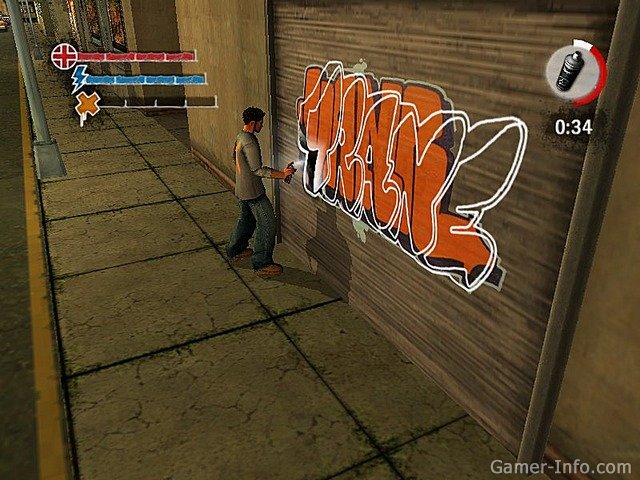

Files that you’ve stored locally are maintained on your local hard drives, but a copy is also kept on OneDrive (provided you have the space).


But it keeps a placeholder-sort of a file bookmark on your local hard drive. By default, Microsoft’s OneDrive cloud-storage service backs up your Documents, Pictures, and even your Desktop folder. The OneDrive subheading is a bit more subjective. There will be some that say that you should keep older Windows Update files in case you need to roll back a flawed update, but this is rare. The “temporary files” section usually contains a number of files that can be safely deleted. Click the Remove files button at the top to clear everything out.

Clicking the Temporary files subheading opens up a wealth of files that even Windows thinks are unnecessary, from temporary Internet files to the Recycle bin. The “Temporary files” and “OneDrive subheadings” are typically the mother lode of unwanted files. Filter by file size to make the task easier. Mark Hachman / IDGĪpps typically consume gobs of gigabytes at a time, so look here first for unwanted old apps that consume space. Note that some Windows native apps, such as Photos, won’t be uninstallable. Reorganize the list by file size to see which apps consume the most space, then click the app and select Uninstall to get rid of it. Click the Apps menu, which will lead you to a page where Windows will show you the apps stored on your PC. You may find that a “small” game that you downloaded actually takes up a few gigabytes that you want back. Each category tells you how much of your PC’s storage is tied up with apps, videos, and so on.Īpps traditionally gobble up the most space on a PC. Note how the subtext points you to the task at hand: “Uninstall unused or undesired apps & features,” “Remove unused cloud-backed content,” and so on. In the middle of the screen, you’ll see your local hard disk (or disks) with an easy-to-read menu explaining how the storage is divvied up within your PC. This is Windows 10’s Storage page, within the Settings menu.


 0 kommentar(er)
0 kommentar(er)
